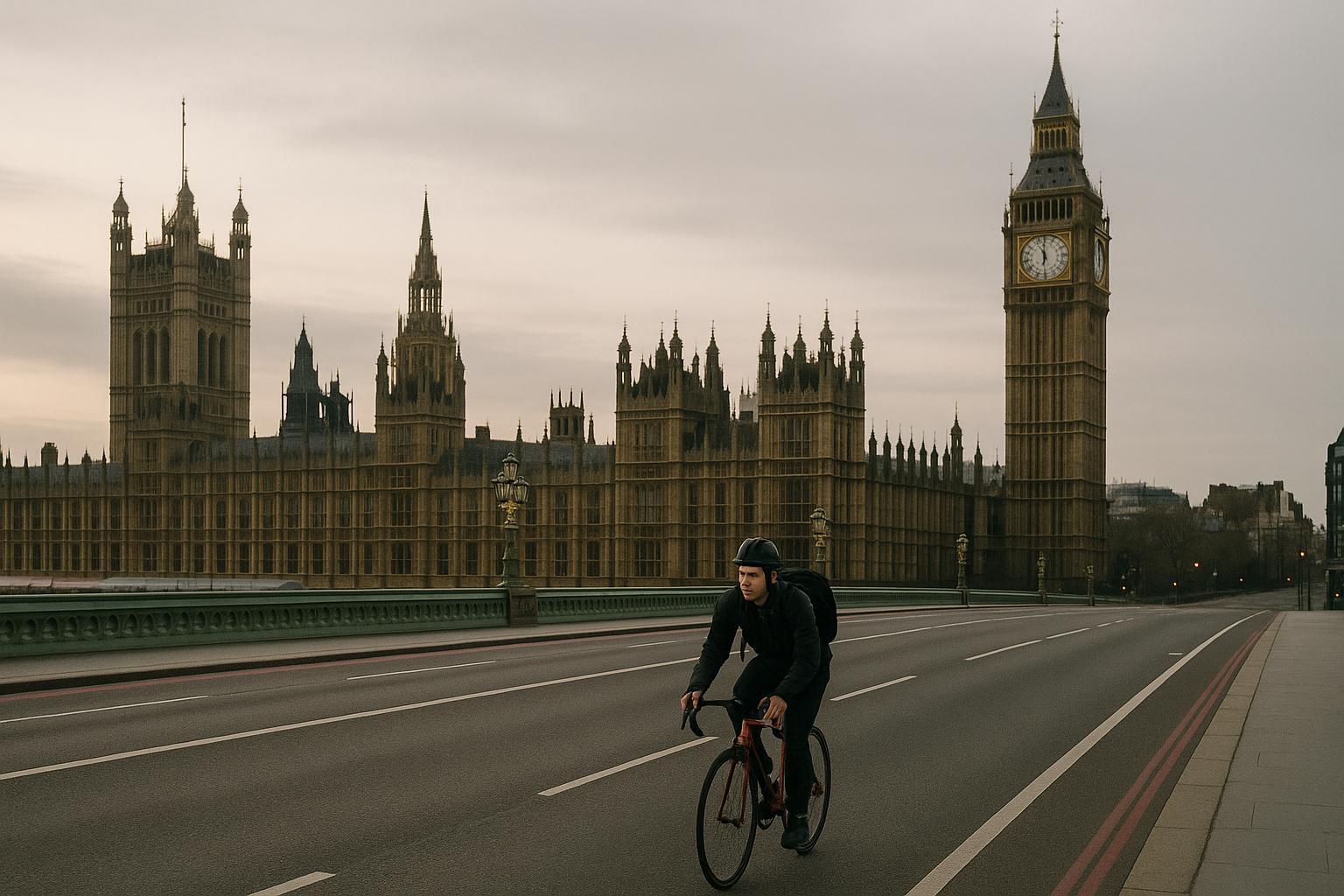Striking London Underground drivers triggered a dramatic surge in cycling across the capital this week as commuters sought alternatives to the paralysed Tube network. With a Rail, Maritime and Transport (RMT) union walkout bringing Tube services to a near standstill from Sunday evening through to Friday morning, collisions involving bicycles spiked by 44 per cent according to statistics shared by the London Ambulance Service (LAS). The LAS warned of the increased risks posed by the crowded roads and urged cyclists and pedestrians to exercise extra caution amid the disruption.
Commuters swiftly turned to two wheels, significantly boosting rental bike usage. Transport for London's (TfL) Santander Cycles saw a 72 per cent jump in users, while e-bike operators such as Lime, Forest, and Voi reported massive demand spikes. Lime alone recorded a 58 per cent increase in trips on Monday morning compared to the previous week, with trip durations and distances rising by 37 per cent and 24 per cent respectively. This trend continued into Tuesday with a 50 per cent rise in trips, indicating many riders relied on the e-bikes for their entire commute rather than just the start or end segments. The company said it had intensified its operational efforts, including battery swaps and rebalancing bikes, to meet surging demand.
However, the rapid influx of cyclists also led to riskier behaviours including some riders using pavements, contributing to the rise in collisions. The LAS reported being "very busy" with the combination of increased road traffic and longer emergency response times caused by congestion. The City of London Corporation recently launched crackdowns on e-bikes obstructing pavements, having seized over 100 during a two-week operation earlier this year amid numerous complaints.
This wave of industrial action comes amid prolonged disputes between the RMT union and TfL over pay, working hours, and shift patterns. The union argues that frontline staff face severe fatigue under current arrangements, despite TfL proposing a 3.4 per cent pay increase. No talks are currently scheduled to resolve the disputes, and the RMT has hinted that strikes could extend to the Elizabeth Line.
Amid escalating disruption, experts and politicians have renewed calls for driverless trains to reduce the vulnerability of London’s transport system to strikes. The Docklands Light Railway, operating without drivers since 1987, is often cited as a model in these discussions. Former Prime Minister Boris Johnson and Transport Secretary Grant Shapps have previously advocated for automation, suggesting it should underpin future funding. Nevertheless, TfL contends that converting older lines to driverless technology would require multi-billion-pound investments, a project Mayor Sadiq Khan announced would not be progressed further last December.
The strike’s economic toll is substantial, with the Centre for Economics and Business Research estimating a direct cost of £230 million to the London economy, with much higher indirect costs. Jawad Iqbal, former visiting senior fellow at the London School of Economics, criticised the RMT as 'a union dinosaur' resistant to change, arguing automation would enhance productivity and prevent future disruptive disputes. He warned that union members risk job losses if they fail to adapt to evolving technologies.
As London grapples with these twin challenges of industrial unrest and transport innovation, the city's resilience continues to be tested. Millions of journeys on bicycles have been recorded in recent days—official figures mention two million trips on Monday alone. Campaigns and clever marketing by companies like Lime, which rolled out Tube-inspired adverts cheekily promoting their services as alternatives to closed lines, reflect how cycling has become the emblematic commuter choice during the strike crisis.
While cycling provides a nimble workaround, the underlying issues of workforce conditions and modernising transport infrastructure remain unresolved, leaving London to balance immediate mobility needs with long-term strategic planning.
📌 Reference Map:
- Paragraph 1 – [1], [4]
- Paragraph 2 – [1], [2], [5], [6]
- Paragraph 3 – [1], [6]
- Paragraph 4 – [1], [4]
- Paragraph 5 – [1], [4]
- Paragraph 6 – [1], [4]
- Paragraph 7 – [1]
- Paragraph 8 – [1], [2], [3], [5], [6]
Source: Noah Wire Services
